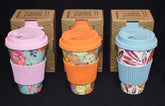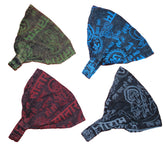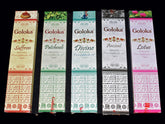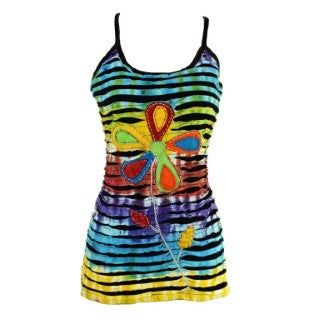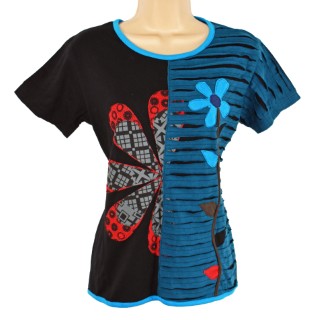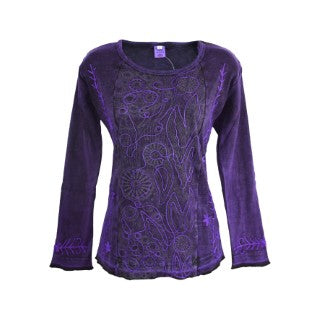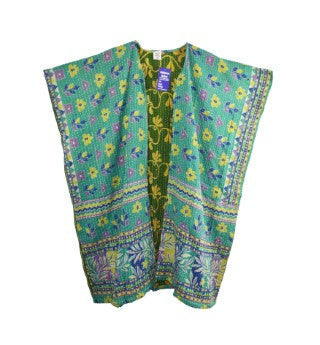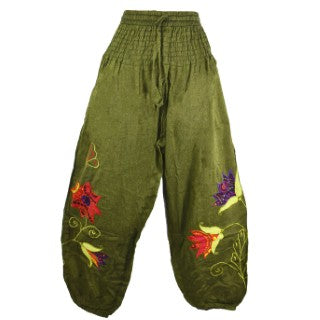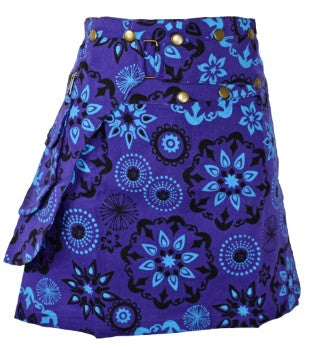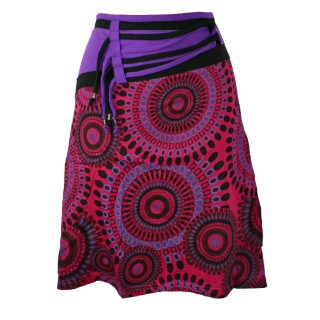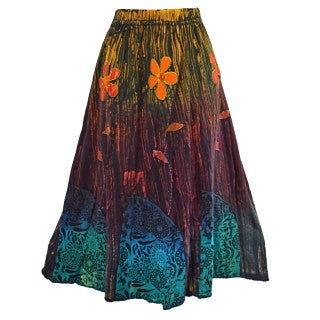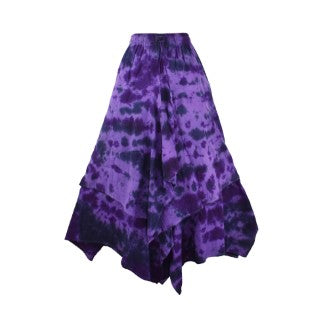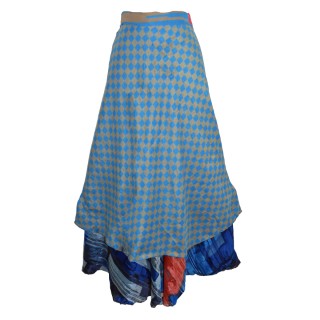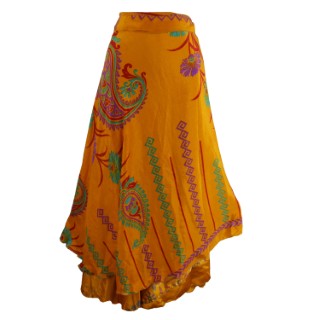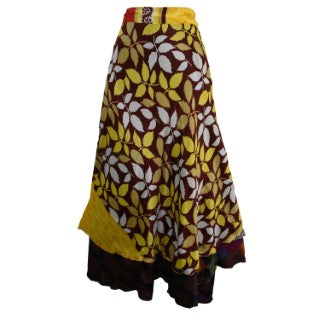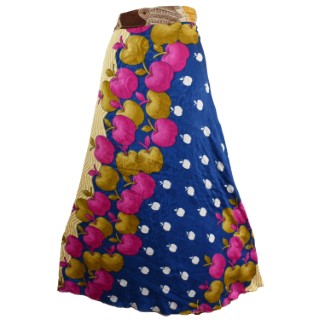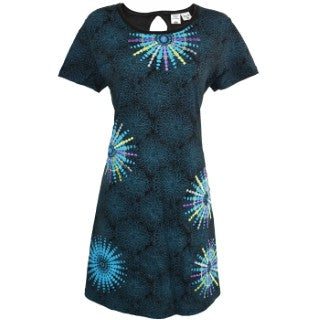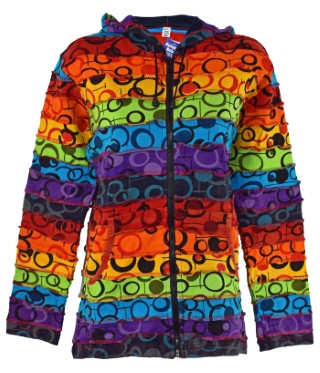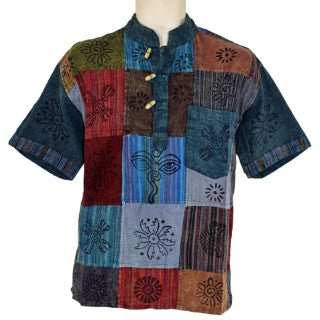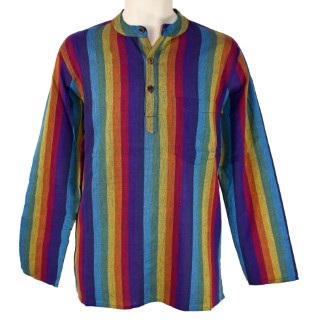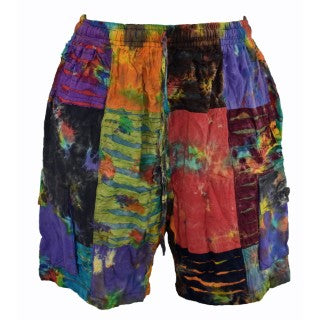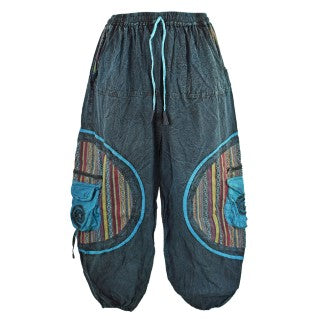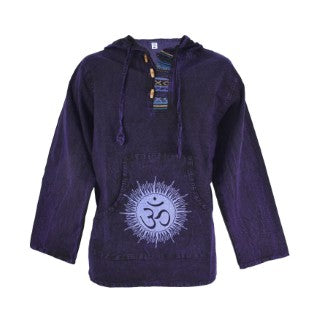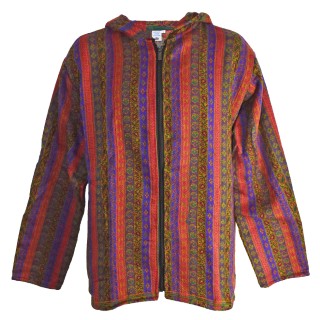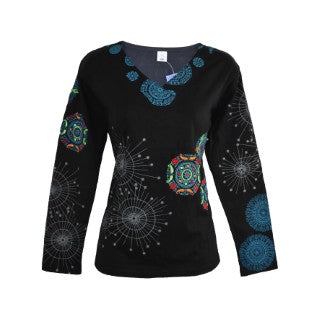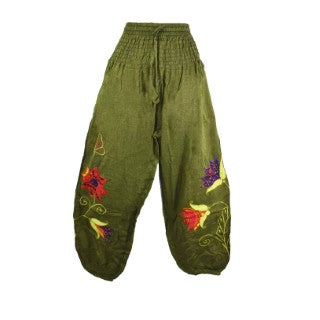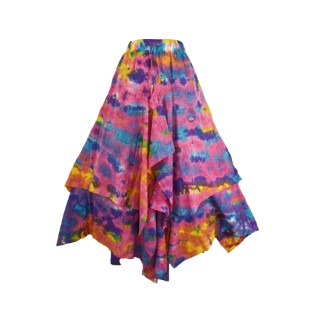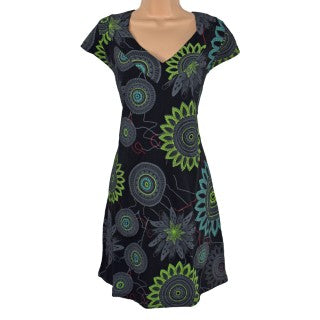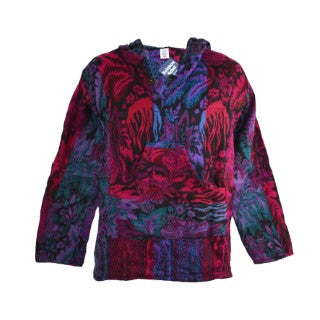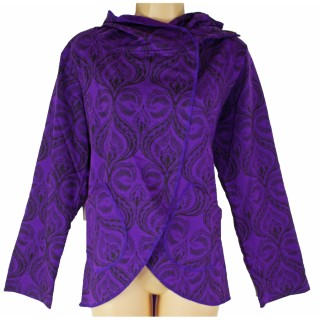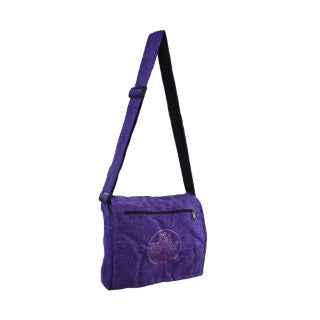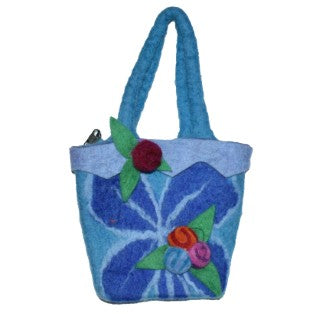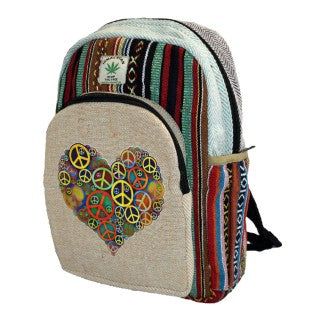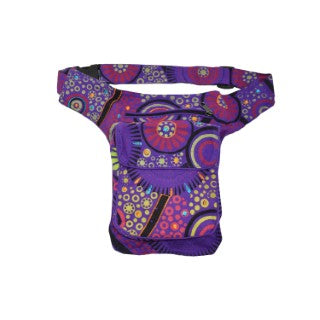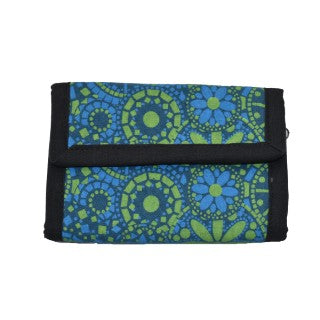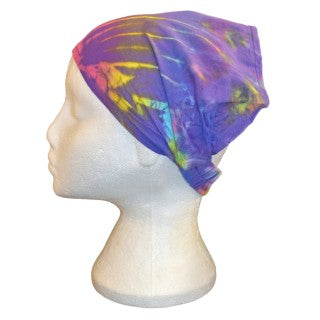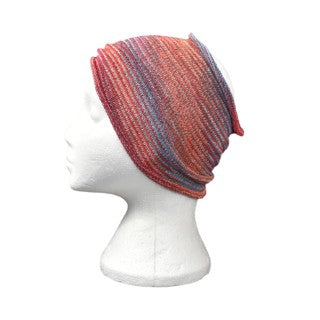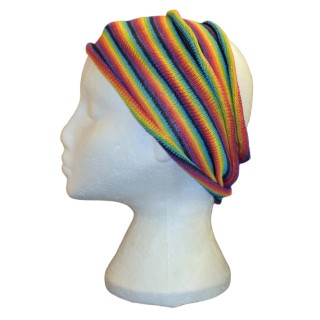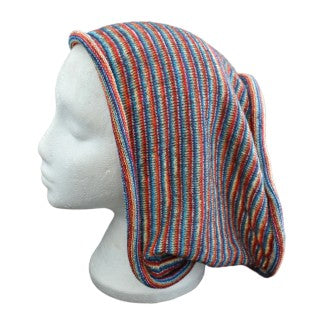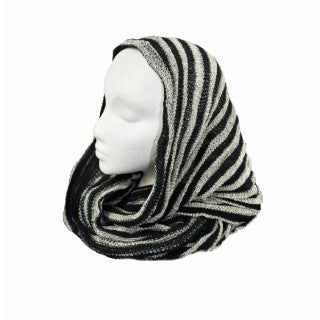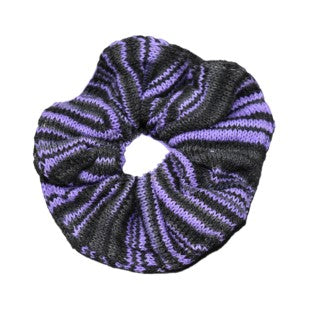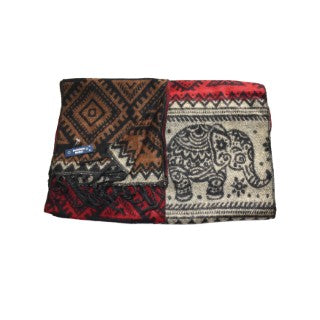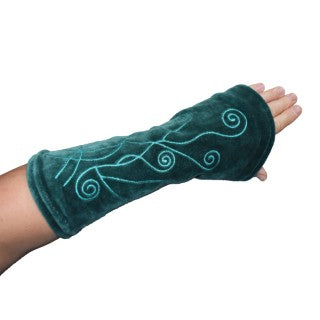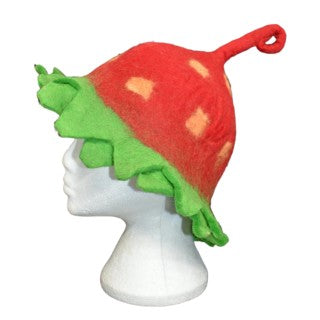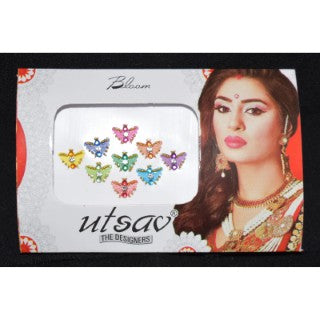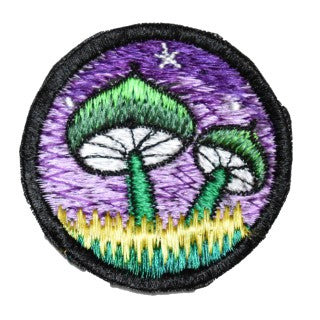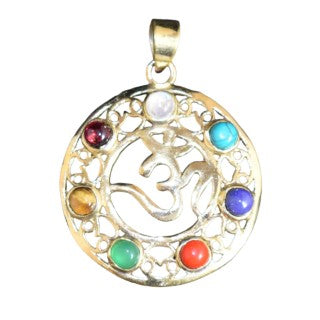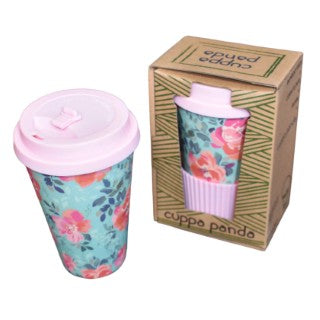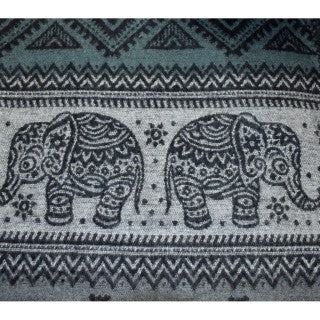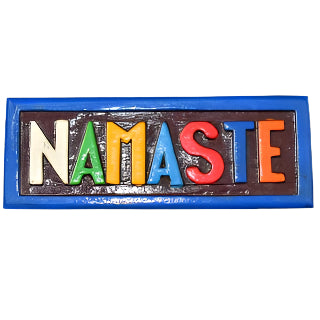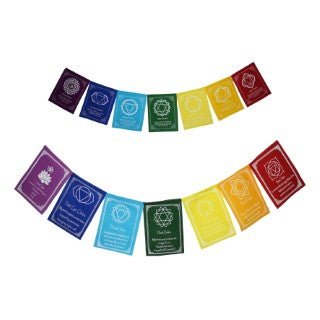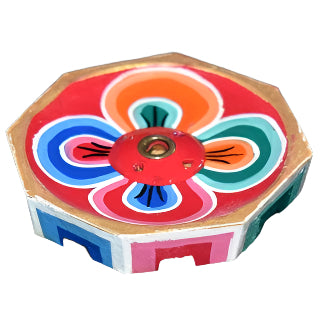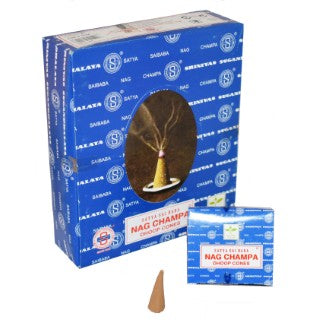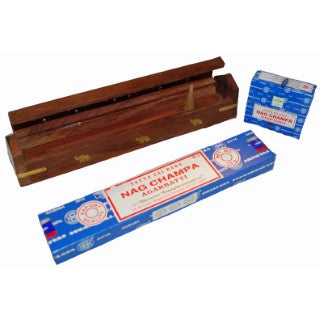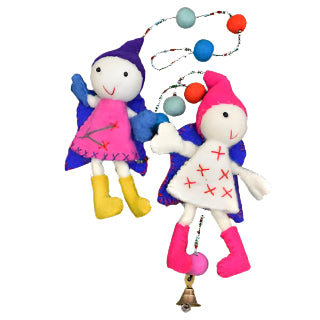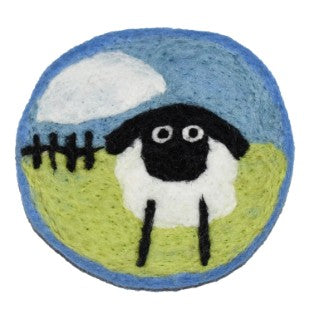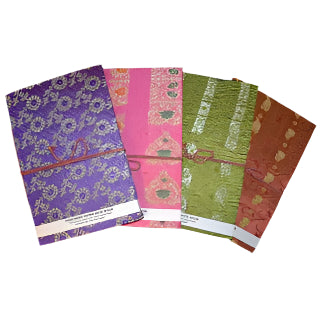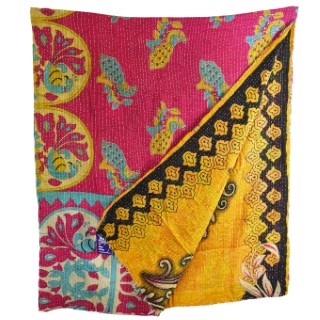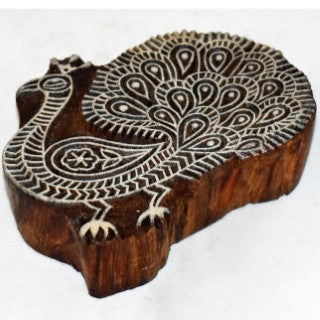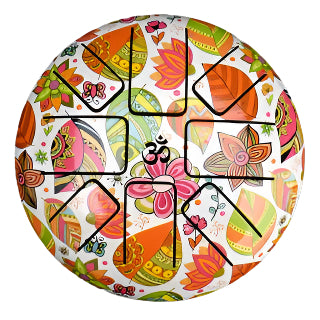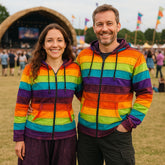Throughout the years we have always strived to visit the workshops and factories of where our goods are made to ensure the workers are treated and paid fairly and the conditions they work in are safe. Our main Nepalese tailor is registered as Fair Trade with the Nepalese government and his workers are paid a monthly salary instead of piecemeal work giving job stability for them and their families. They also have a staff canteen and outdoor relaxation space for breaktimes. Our main Indian tailor works closely with the gypsies of Pushkar providing work for those of lowest caste who might struggle with working elsewhere.
So how do we choose what we have made?
It all begins with a design in the UK. A mother and daughter team at Rainbow Rebel work on designs using just pen and paper and once satisfied send them over to the tailors by email. Sometimes mock ups are made using computer programmes for sending to the tailors. Below is an original art drawing for our popular butterfly trousers.

The tailors then take the design and make a sample to see how it would work on an actual garment. Sometimes these samples are tried on when visiting our tailors in person and during Covid we used the power of WhatsApp and Zoom to view the items on other people to outline any changes to by made. Below is the original sample for the above trousers being worn on a visit.

Changes are then made, sizes sorted and placement of patterns decided. The clothing is then ordered. Price wise we believe in paying a fair price to our workers which in turn ensures the best quality fabrics and stitching to ensure our garments last many years. We are strongly against disposable fashion. At point of ordering we either pay for our order in full or pay at least 50% - whichever our tailor prefers. This ensures he can pay for the fabric and builds trust.
In Nepal most of our clothing is made in one family run factory which employs around 50 adult men and women. No child labour is used. They provide an apprenticeship scheme to train the staff from basic stitching, to cutting and detailed embroidery. When we visit the factory we get to choose the fabrics we would like to use on the final garments. Below is a photo from one of the fabric store rooms.

Once we have chosen the fabric we move onto the cutting rooms. Below is one of two pattern rooms in our main tailors factory. All the clothing designs are cut from card templates, stored around the walls. Each piece of card represents a piece of the final garment.

They cut the fabric several layers thick with a motorised cutter seen on the end of the table. Once all pieces are cut out the fabric goes downstairs to the machining room. This room is large with lots of natural daylight from windows as well as daylight tone LED strip lights for darker weather and Winter working. Each member of staff has their own bench to work from, some bring extra cushions or personal items to individualise their work area.

Once the items are machined they go to one of two areas. If the item is to be embroidered they will first go to the embroidery area where the most skilled workers hand machine the detailed embroidery onto the garments. Below you can see a worker putting the detail on the butterfly trousers.

Next the garments move to finishing, where other items have already travelled to if they did not require embroidery. Here, on another floor, workers tag the garments with our unbleached cotton labels, inspect the quality or each item, iron and then fold ready for shipping to us. Below is our raw labels ready to use. Even the labels need checking for print quality and finish to ensure they are readable.
All our clothing labels are made from unbleached cotton with natural vegetable dyes. Our kimble tags are Avery Dennison made from recycled food containers. Our paper tags are made from recycled paper in India and hand screen printed on a fair trade basis by a family in Delhi for us.

Finally our finished goods are shipped to us using DPD, a carbon neutral shipper who have been carbon neutral since 2012.

